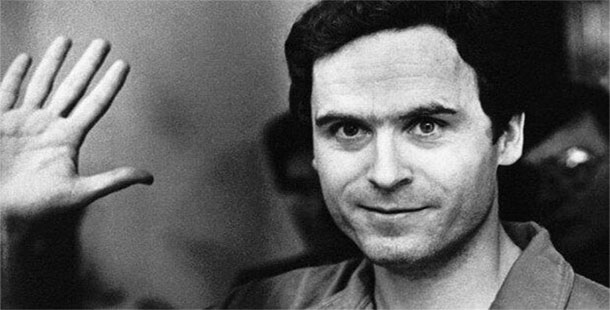Check out this YouTube link: http://www.youtube.com/watch?v=Ln4TxvJJeRo
Stella Marris College Rugby Team
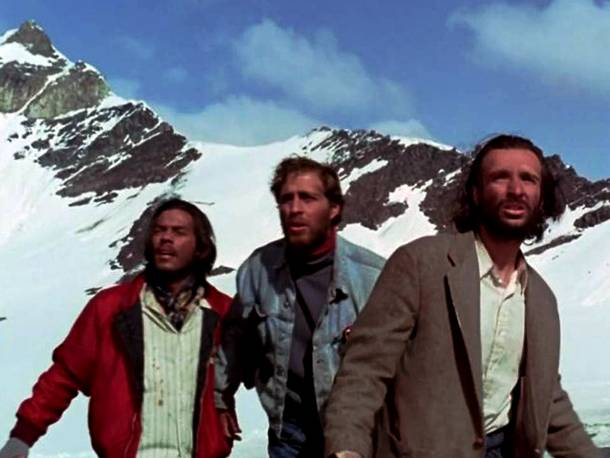
This story has been immortalized into the movie known as “Alive.” A plane crashed into the Andes Mountains in October 1972 carrying the Uruguayan Stella Marris College rugby team and resulted in the death of 12 people out of the 45 people on board. Five more passed away the following day due to their injuries, another group on the 8th day, then 8 more in an avalanche on the 17th day. The movie chronicled the lives of the 16 survivors, who struggled through extreme conditions epitomized by their eventual turn to cannibalism. They were only rescued from their 72-day saga when Nando Parrado and Robert Canessa hiked for days and sought help from a passing Chilean horseman.
Aron Ralston
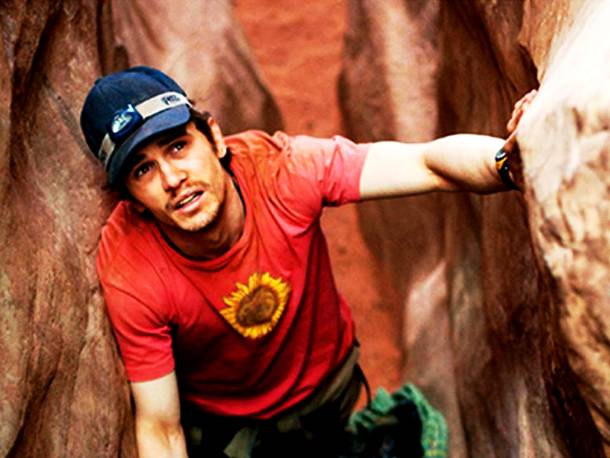
In his book, “Between a Rock and a Hard Place,” Aron Ralston detailed his nightmare when an 800-pound boulder fell on his arm, pinning it to the canyon wall in a remote area in Utah on May 1, 2003. After five days, his food and water was all gone and he had to resort to something drastic, as it was very unlikely for someone to find him. He amputated his arm by sawing it with a blunt pocketknife, rappelled down the 65-foot wall, and was found by hikers on the way to his car.
The Endurance
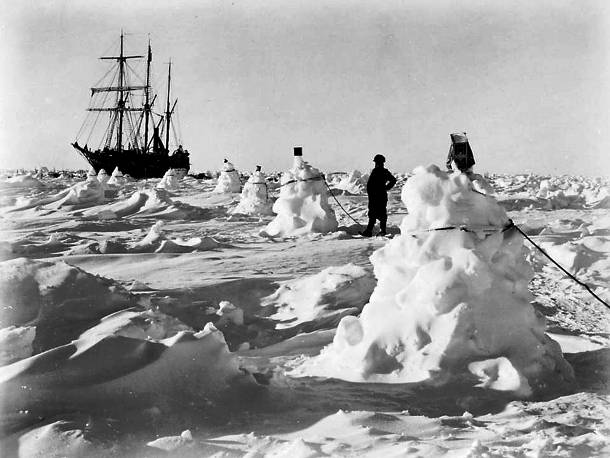
The 1914 Antarctic expedition of Sir Ernest Shackleton offered potential crew members a dangerous mission to become the first to cross the Antarctic continent. There were 28 crew members (Including Schackleton) who responded to the call of a perilous journey. These crew members had no guarantee of a safe return; endured low wages and bitter cold months, with only honor and recognition as its price. Sailing on “Endurance,” they got trapped within the Antarctic ice and remained trapped until the ship finally sank on November 21st 1915. Fortunately, however, everyone managed to survive. The men eventually where able to make their way to Elephant Island from which they were rescued.
Wenseslao Moguel
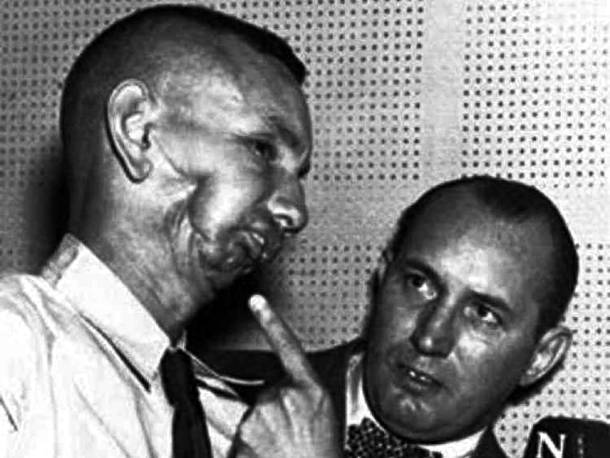
During the Mexican Revolution, Wenseslao Moguel was captured on March 18, 1915 and was sentenced to death by firing squad. Shot eight times by the squad and one close-range shot through his head to make sure that he was dead, he feigned death until the shooters left. He miraculously escaped and has come to be known as Mr. Ripley from “Ripley’s Believe it or Not” show.
Joe Simpson and Simon Yates
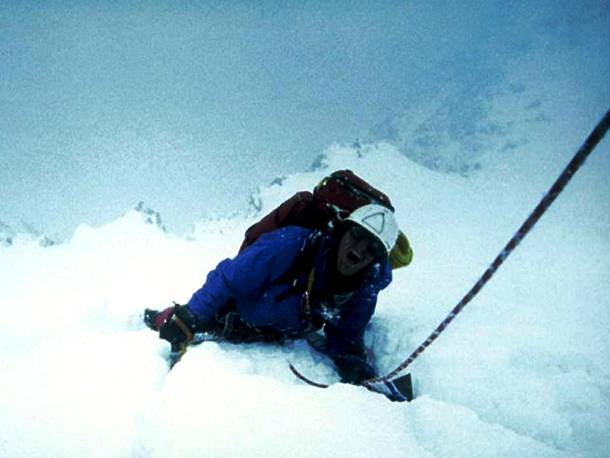
In the book, “Touching the Void,” Joe Simpson shared the disasters that struck in 1985 when he and Simon Yates were descending from the 20,813-foot high Siula Grande in the Peruvian Andes. Simpson slipped and broke his leg, and as he was being lowered by Yates, he went over the cliff, dangling from the end of the rope. Yates made the controversial move of cutting the rope; a move shunned by other mountaineers but believed to have ultimately saved their lives. Despite his injuries, hypothermia and extreme dehydration, Simpson was able to make it back to camp three days later.
Rodney Fox
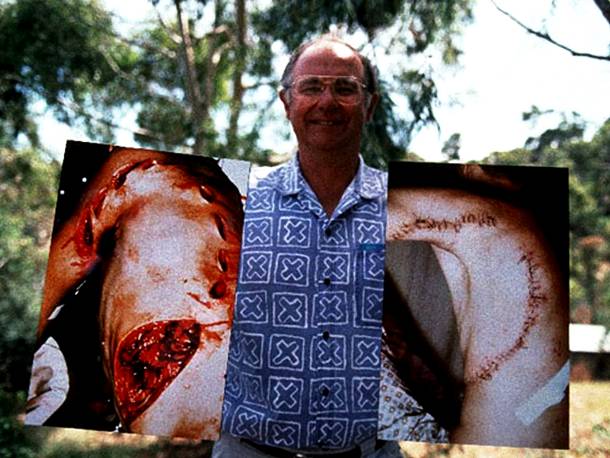
Rodney Fox, one of the world’s foremost authorities on the great white shark, experienced a harrowing shark attack in December 1963, while spear-fishing near the Adelaide. The great white shark crunched down on his torso, crushed all his ribs on his left side, and cut his fingers on his right hand. He escaped with his lungs, stomach, and ribs exposed as rescuers kept him in his wet suit to prevent his organs from spilling out.
Hugh Glass
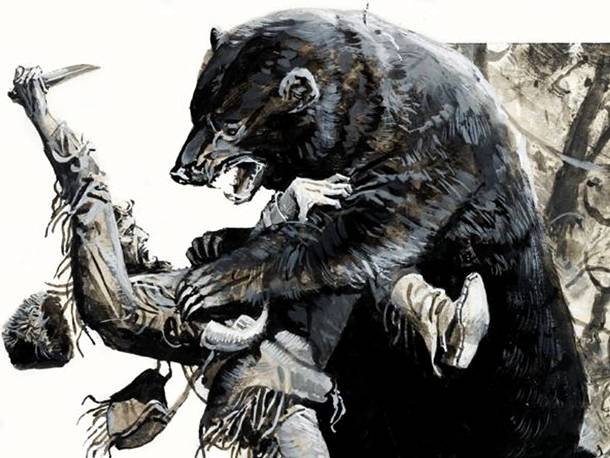
Hugh Glass, an American fur trapper who was known for his American West exploits, surprised a grizzly bear mother with her two cubs while scouting alone near the forks of the Grand River (present-day Perkins County), in August 1823. Before he could reach for his gun, the grizzly attacked leaving Glass with a broken leg, exposed ribs, and numerous lacerations. His wounds were so grievous that his companions left him for dead after Glass lost consciousness. However, Glass later regained consciousness and in spite of his injuries, dragged himself through hostile Indian Territory for two months with roots and berries for sustenance in order to reach safety.
Paul Templer
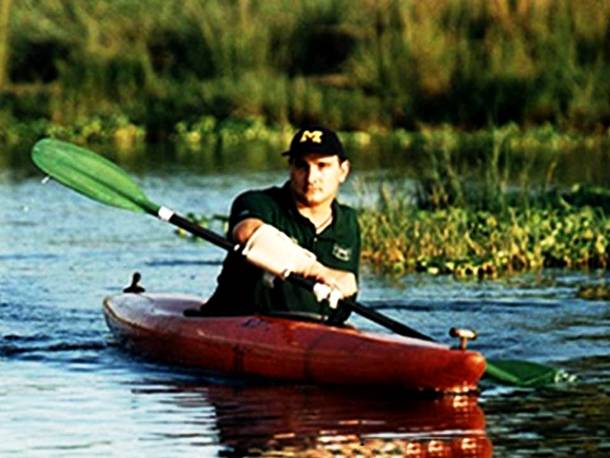
Paul Templer was a tour guide leading tourists in the Zambezi River in Africa when there canoe was almost overturned by a bull hippo, throwing another guide into the dangerous water. As he tried to save his colleague, the huge hippo sprang up and swallowed his head. While he was able to leverage himself out of the hippo’s jaws, the attack was not over as the hippo mauled him several times, ripped his foot, severed his arm, and broke his ribs while tearing holes in his back and chest. He was able to recover after undergoing a seven-hour operation.
Deborah Kiley and Brad Cavanaugh
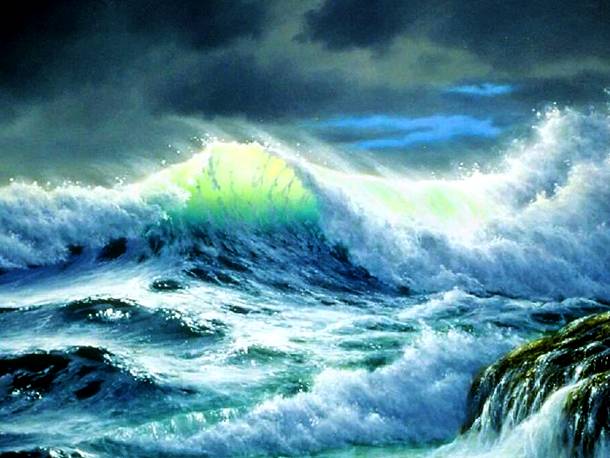
As detailed in Deborah Kiley’s book, “Untamed Seas,” in October 1982, the 24 year old sailor Kiley with her four member crew boarded a 58-foot sailing yacht for a routine delivery to Maine when it got caught in a tropical storm after a stopover in Annapolis, Maryland. In the three days that followed, she lost two crew members to sharks and another from injuries sustained while the boat was sinking during the ravaging 40-foot waves. Kiley and Brad Cavanaugh were the only survivors and after 18 hours of treading water both suffered hallucinations from severe dehydration and hypothermia.
Tami Oldham Ashcraft and Richard Sharp

The book, “Red Sky in Mourning,’ tells the story of American sailor Tami Oldham Ashcraft and her British boyfriend, Richard Sharp, as they were en route from Haiti to San Diego to deliver the 44-foot sailboat ‘Hazana’ in 1983. They were struck by a category four hurricane, which capsized the sailboat on the 19th day of what should have been a 30-day crossing. After being unconscious for 27 hours and finding Richard gone she fixed a makeshift mast and sail as the boat righted and plotted her course for Hawaii, 1,500 miles away, while rationing her supplies.
Steven Callahan
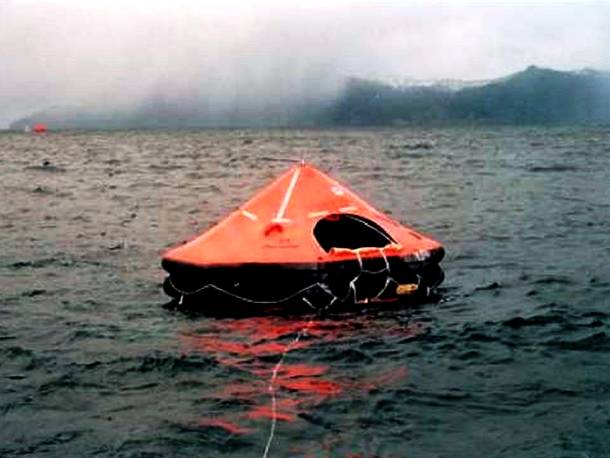
Everyone’s worst nightmare happened to Steven Callahan, who survived for 76 days in a leaking inflatable raft. Bound for Antigua as part of the Mini Transat/ single-handed sailing race on January 29, 1982, his boat ‘Napoleon Solo’ was damaged due to a collision with a whale. Aside from harsh exposure to the sun and bitter cold nights, Callahan had to learn how to collect drinking water from a solar fill and catch fish for food, while making sure that his leaking inflatable raft would not sink.
Julian Ritter and Crew
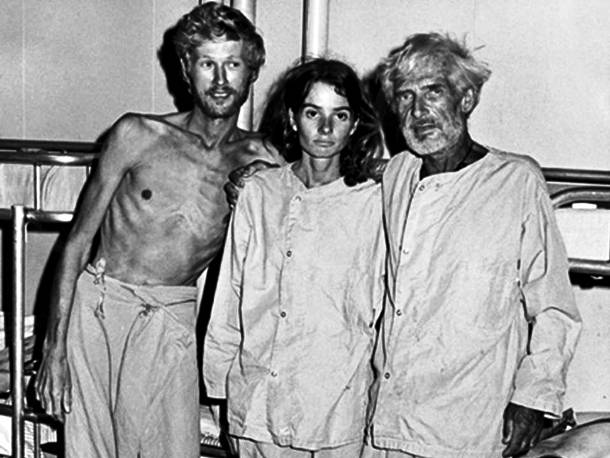
In 1970, Julian Ritter and his two crews went adrift in the South Pacific for 87 days, 40 of which they had no food, when their boat traveled 400 miles off course. In order to survive, the crew made soup from the algae they would scrape from the hull and seasoned it with nutmeg and cloves. They were in desperate condition when the US Navy combat ship USS Niagara Falls found them.
The Copiapó Mine Collapse

The phrase, ”estamos bien en el refugio los 33” or “We’re alright in the shelter, all 33 of us,” were scrawled on a scrap of red paper taped at the end of the pilot drill written by the Chilean miners, who were buried in a cave-in almost 700 meters deep at Chile’s Copiapó mine on August 5, 2010. The collapsed gold and copper mine had been closed in the past due to poor safety practices. After 70 days, the last miner was pulled up on October 14 after a televised 22-hour rescue.
Yossi Ghinsberg
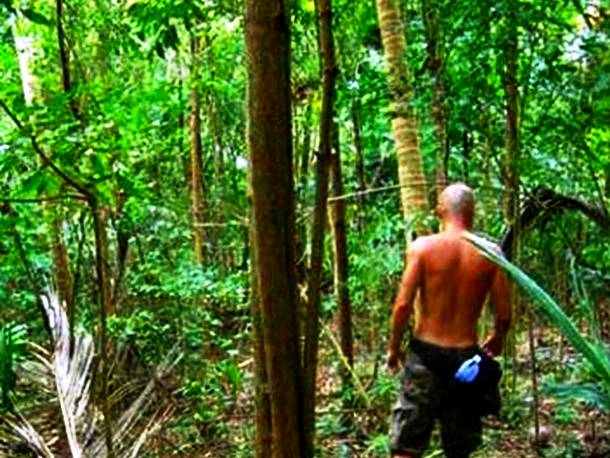
In his book,”Lost in the Jungle: A Harrowing True Story of Adventure and Survival,” Yossi Ghinsberg recounted his exploits along with his three companions in the Bolivia Amazon in December 1981. Realizing that they were ill-equipped for the journey and lost in the middle of nowhere, they decided to split up into pairs. While the other pair was never seen again, Ghinsberg and his friend Kevin floated downriver, when their raft was caught on a rack and they were separated. Ghinsberg wandered aimlessly in the harsh environment for 19 days before he was found by Kevin and some local men who helped Kevin search for him.
Julian Koepcke
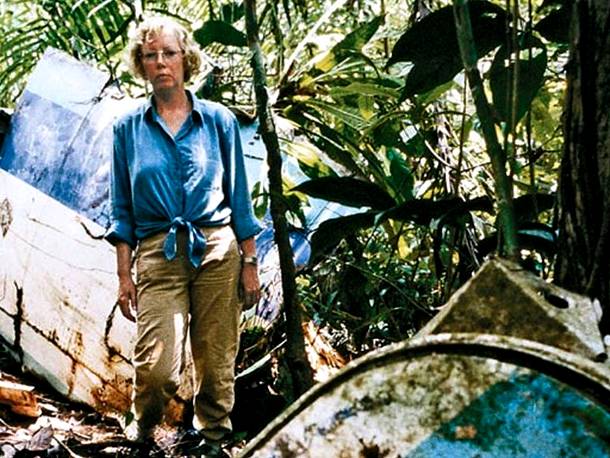
Julian Koepcke was only 17 years old when she became the only passenger who survived out of the 93 passengers and crew on board LANSA flight 508 on December 24, 1971, as the plane was struck by lightning above the Peruvian rain forest. She was blown out of the plane still strapped to her seat and landed two miles down in a dense thicket. With a blinded eye, broken collarbone, and wearing little more than a mini skirt and sandals, she trekked downstream for nine days until she came to a cabin where she cleaned her worm-infested cuts until the occupants arrived.
Alexander Selkirk
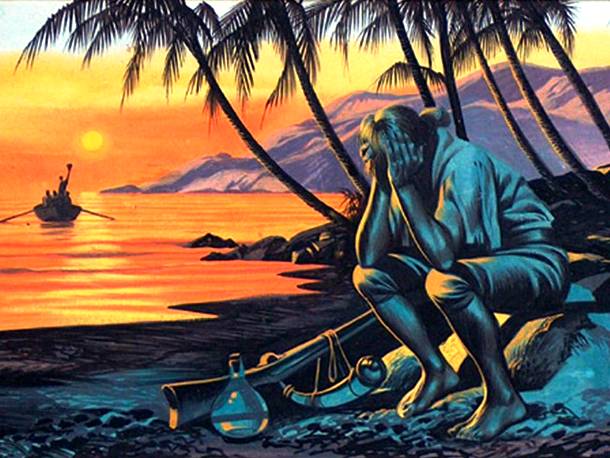
In 1704, the Scottman Alexander Selkirk was left on an uninhabited island in the South Pacific for being a troublemaker aboard an expedition ship. Left with nothing but his musket, some gunpowder, a Bible, a knife, carpenter’s tools and some clothing, he became a castaway on the island for four years and four months in complete solitude before being rescued by an English ship.
Douglas Mawson
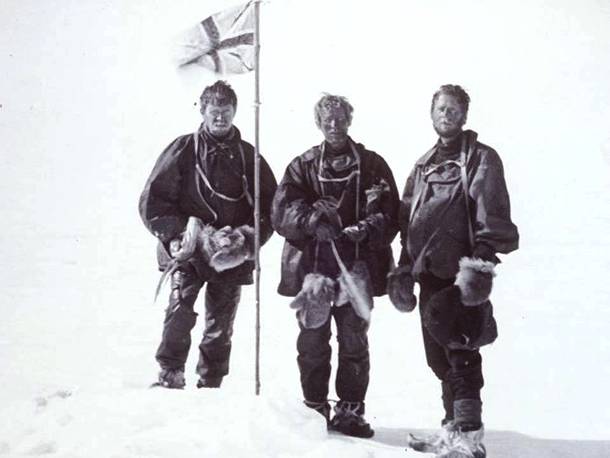
During the Heroic Age of Antarctic Exploration, Douglas Mawson became the only survivor on his team as his fellow explorer, Lieutenant Ninnis, fell through a crevice with the dogs and supplies during an Australian antarctic expedition in December 1911. His other team member died from a combination of cold, weakness and Hypervitaminosis A after eating a dog’s liver. Mawson continued alone and also fell into a crevasse but was saved only because his sled got wedged above him. He was forced to climb out using the harness that had attached him to it.
John MacCain
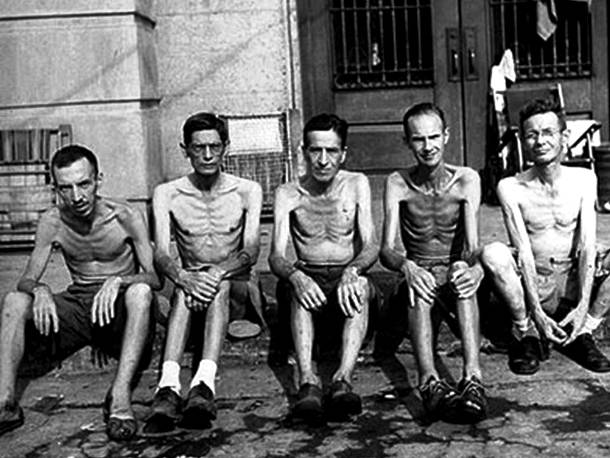
John MacCain, an American senator became a prisoner of war for five and a half years during a bombing mission in Hanoi in 1967. Released only in 1973, he suffered horrific episodes of torture, including two years of solitary confinement; rope bindings and repeated beatings every two hours. His injuries from war left him permanently incapable of raising his arms above his head.
James Scott
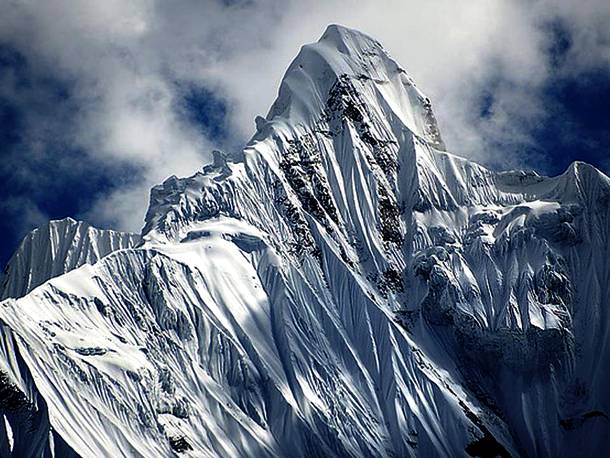
James Scott, a 22 year-old medical student from Brisbane, was hit by a blizzard while trekking with his friend in Nepal. Instead of continuing along the trail, he decided to go back alone and got lost as the snow covered their tracks. He survived 43 days of bitter cold, isolation, and starvation with two chocolate bars. He was eventually rescued by a helicopter sent by his sister Joanne, who did not give up on him.
Brant Webb and Todd Russell
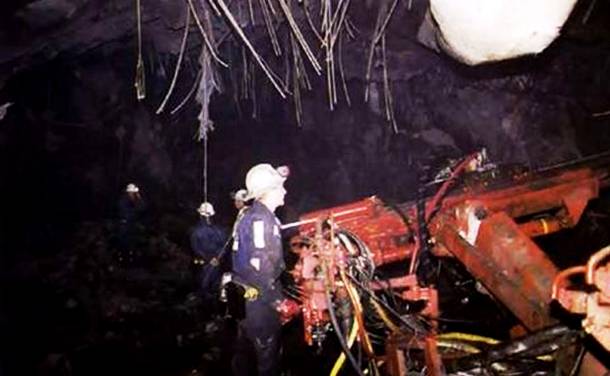
On April 25, 2006, Brant Webb and Todd Russell were almost a kilometer underground at the Beaconsfield Mine when a small earthquake triggered a tunnel collapse, trapping the two underneath the rubble. Since they were trapped in a small cage at the end of a crane arm, which was surrounded by unstable rocks, a slower method of drilling was employed and it took nearly two weeks to reach them.
Jim and Jennifer Stolpa
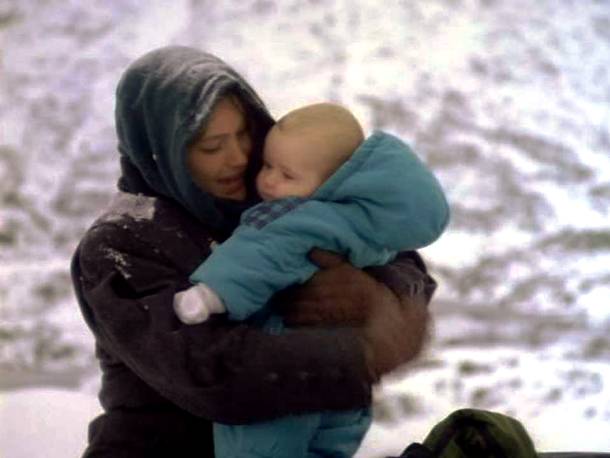
The television show “Snowbound: The Jim and Jennifer Stolpa Story” was about a real event that happened to the couple in late December 1992 when they found themselves with their infant son Clayton, 500 miles away from their home in Castro Valley, California, lost and stranded in the wilderness of deep snow in Northern Nevada. As they got stuck in a snowstorm, they struggled with their meager supplies waiting for rescue in a frozen shelter. Jim finally got the courage to take the 50-mile walk alone in the snow to save his family.
The 106th Rescue Wing
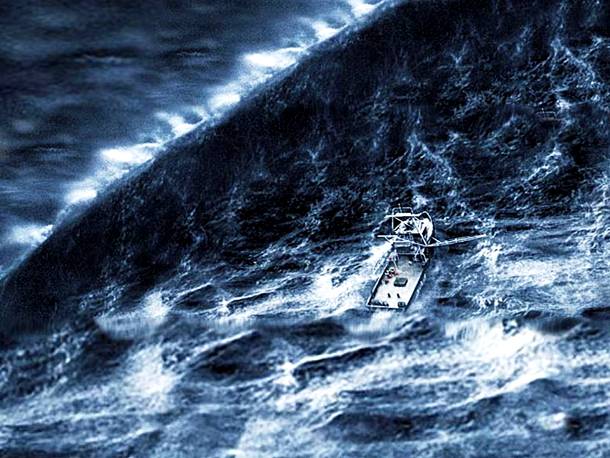
The rescue attempt that was adapted in the movie entitled, “The Perfect Storm,” was based on the real life events that happened to the members of the 106th Rescue Wing. On Halloween 1991, Air National Guardsmen Lt. Col. Dave Ruvola, co-pilot; Lt. Col. Graham Buschor, Tech. Sgt. John Spillane, and Jim Mioli, which also included the deceased Arden Smith, went on a recue mission to save a stranded fisherman. They too were caught in the storm, however, and needed some rescuing. As their HH-60 Pave Hawk helicopter experienced a breakdown and crashed into the North Atlantic they battled waves 10 stories high for one night, as they relied on each other to stay alive.
Greg Rasmussen

In 2003, Greg Rasmussen, a British wildlife conservation biologist who had been studying African wild dogs was in a light plane crash in the African savannah. With his legs broken in six different places, he made it alive past lions and dangerous predators, eventually losing his leg mobility. In fact, today he is three inches shorter than before the incident.c
Chris Duddy, Michael Benson, and Craig Hosking
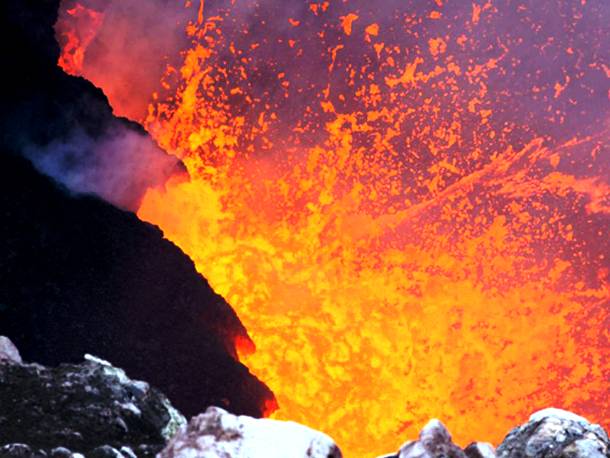
In November 1993, three photographers, Chris Duddy, Michael Benson, and Craig Hosking were sent to film the Kilauea volcano, one of the most active volcanoes in Hawaii. However, tragedy struck when their helicopter lost control and crashed into the volcano’s crater. Only several lucky breaks saved them from the volcano’s noxious fumes and insurmountable ridges as they struggled to radio for help.
Ricky Megee
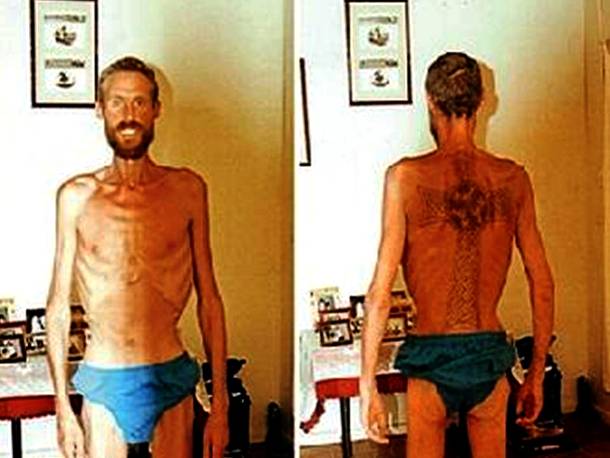
In April 2006, Mark Clifford, a farm manager in Australia’s Northern Territory saw an apparition of an emaciated “walking skeleton” of a six-foot tall man, whom he later found out was the 35-year old Ricky Megee, who had been lost in the outback for 10 weeks. Drugged and left for dead by a hitchhiker he had picked up, Megee survived by staying close to a dam, building a subterranean shelter under an overturned cattle trough, and feeding on frogs, lizards, leeches, and grasshoppers.








